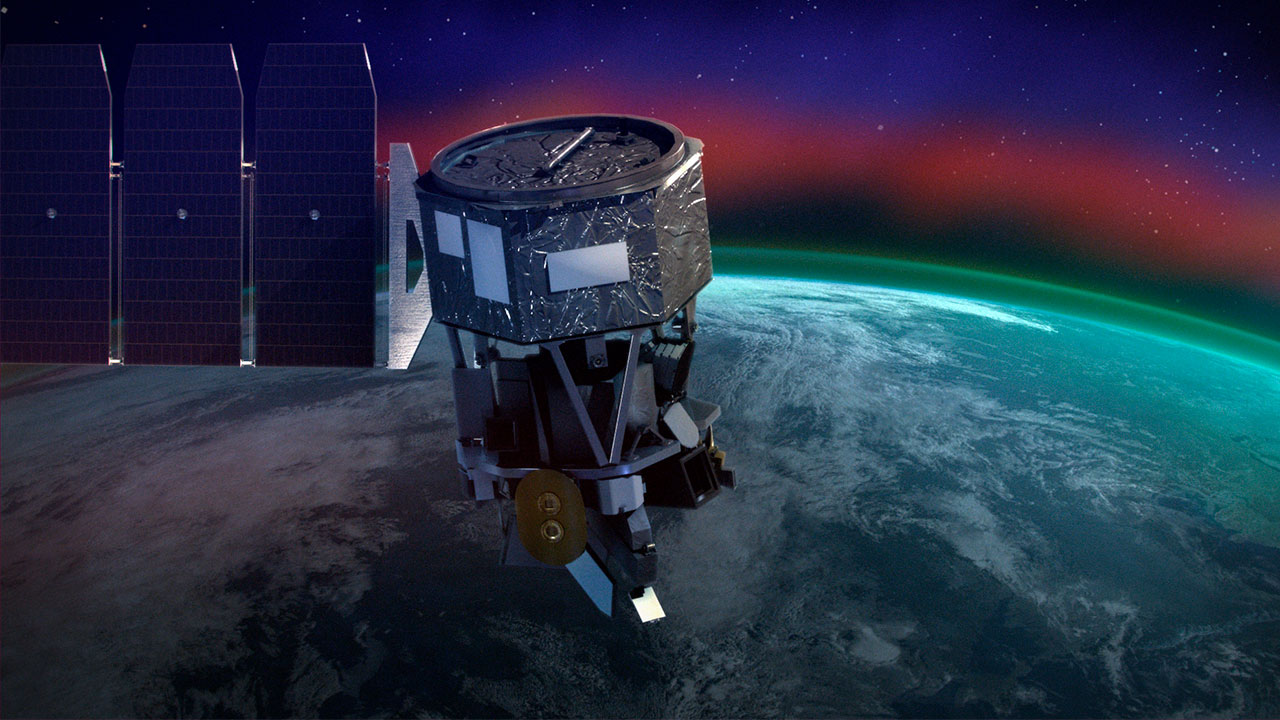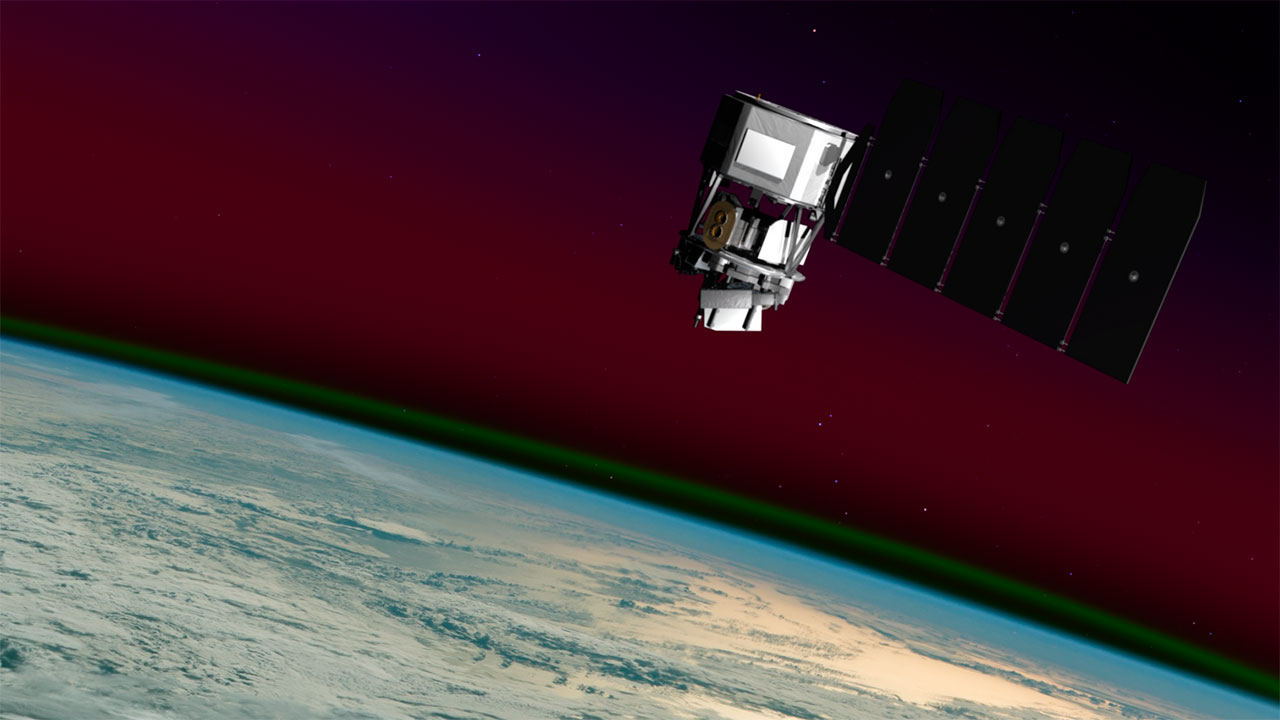The Ionospheric Connection Explorer, short for ICON, was launched into space by NASA in 2019. The ICON satellite was transmitting important information to scientists by examining the events in the ionosphere layer. There has been no news for a while from the spacecraft, which conveys its important researches about 580 kilometers from the Earth.
Disconnected from NASA’s spacecraft operating in the ionosphere
NASA’s weather satellite, which has been in operation for three years, unfortunately lost contact with ground controllers two weeks ago. It is not yet known what happened to the spacecraft, which was circling unsupervised in low-Earth orbit.

NASA’s ICON spacecraft has not been communicating with ground stations since 25 November due to some as yet unidentified glitch. The spacecraft is said to be equipped with an onboard command loss timer designed to reset the ICON if contact is lost for eight days. The reset apparently didn’t work, however, as the space agency’s crews were still unable to communicate with the spacecraft as of December 5.
Despite the lack of communication, we know the ICON spacecraft is still intact. NASA confirmed this information, using the Department of Defense’s Space Surveillance Network to confirm that ICON is still in one piece. However, it is doubtful how much longer the spacecraft, which cannot communicate, will remain intact.
The communication of the satellite with the ground is of great importance at this point. Noting that the ICON mission team is working to fix the problem, NASA stated that significant progress has been made in finding the cause of the communication loss.

The mission life of the ICON spacecraft was initially estimated at 2 years. The spacecraft, which is expected to complete its mission in December 2021, has an extended work schedule for about 1 year. We hope that this important spacecraft can continue its mission for many more years.
NASA continues to work to bring ICON back to life. We will see together whether these efforts will be successful or not. So what do you think about NASA’s weather satellite? You can share your views with us in the comments section.